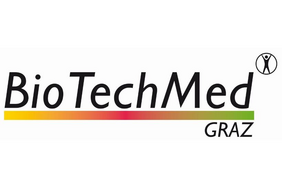Vortragender: Professor Dr. Pieter Roelfsema, Forschungsgruppe “Vision and Cognition”, Nederlands Herseninstituut – Institute for Neuroscience The Vision and Cognition Group Meibergdreef 47, Amsterdam, Niederlande
Zeit: Freitag, 16. August 2013, 10:30 Uhr
Ort: TU Graz – BCI – Institut für Semantische Datenanalyse/Knowledge Discovery – Seminarraum PZ204072 – Inffeldgasse 13 – 4. Stock
Abstract:
Many forms of animal learning are guided by rewards and punishments.Animals learn complex tasks that consist of multiple epochs by the appropriate choice of reward contingencies. It is not well understood how the association cortices learn to link sensory stimuli and memory representations to motor programs when animals learn to map stimuli onto responses. I will present AuGMEnT (Attention Gated MEmory Tagging), a biologically plausible model that can train a neuronal network to perform a large variety of tasks while only stimuli and reward contingencies are varied.
The model’s aim is to learn action values in a feedforward neuronal network. It is equipped with mechanisms to overcome the structural and the temporal credit assignment problem. The temporal credit assignment problem is solved by a form of Q-learning. The structural credit assignment problem is solved by ‘attentional’ feedback from motor cortex to association cortex that “tags” synapses that should change to improve behavior. The new learning rule can train a simple neural network in many tasks that are in use in neurophysiology, including (1) delayed saccade tasks; (2) memory saccade tasks; (3) saccade-antisaccade tasks; and (4) classification tasks.Interestingly, neurons at intermediate levels of the network acquire visual responses and memory responses during training that resemble the tuning of neurons in association areas of the cerebral cortex of animals that are trained in these same tasks.
I will discuss that AuGMEnT is a powerful and biologically realistic learning rule that accounts for learning in delayed reward tasks that involve non-linear mappings from sensory stimuli and working memory onto motor responses.

